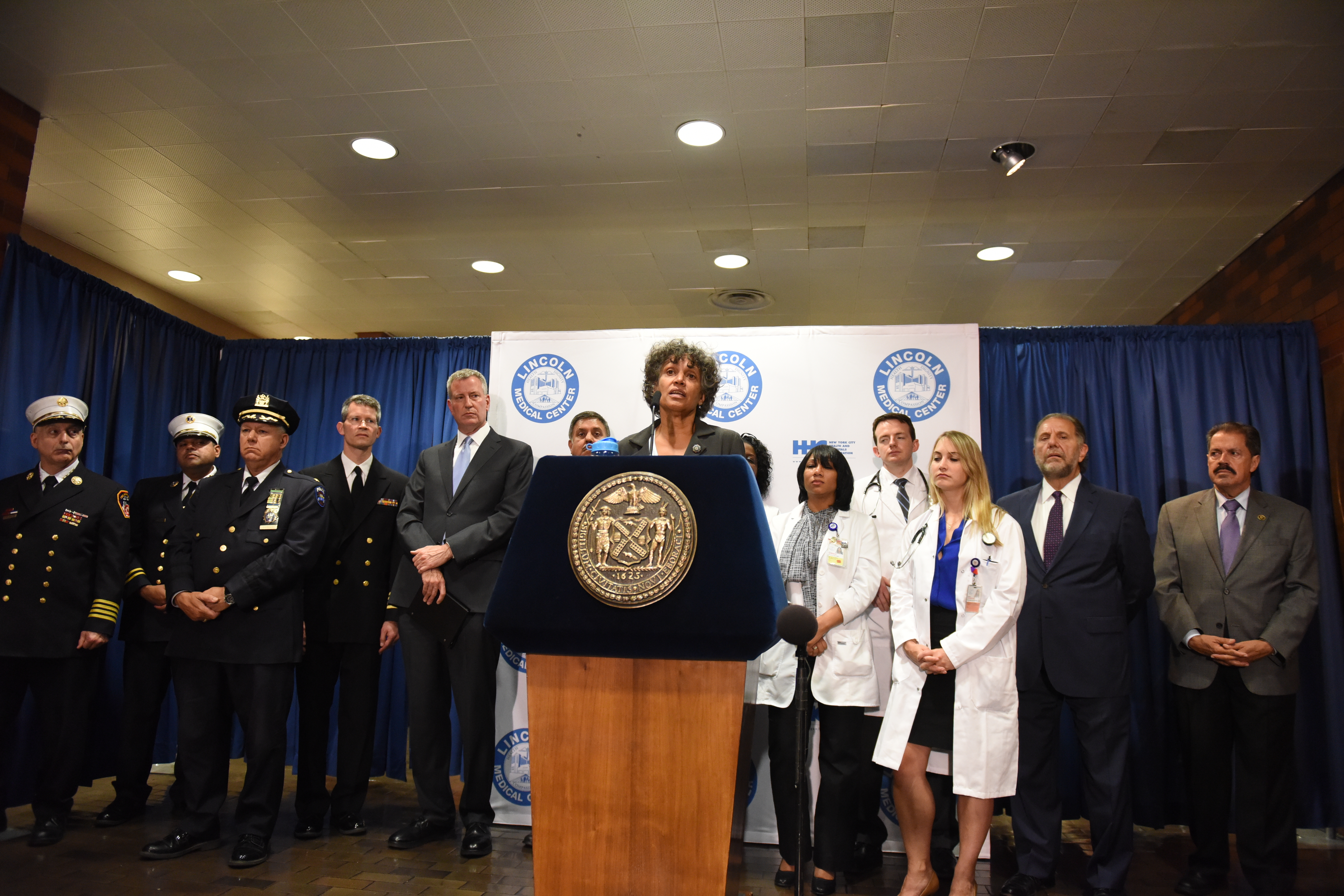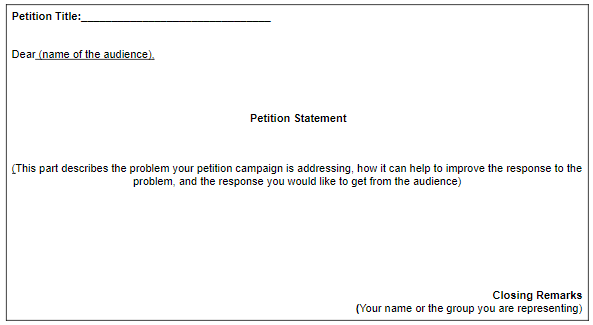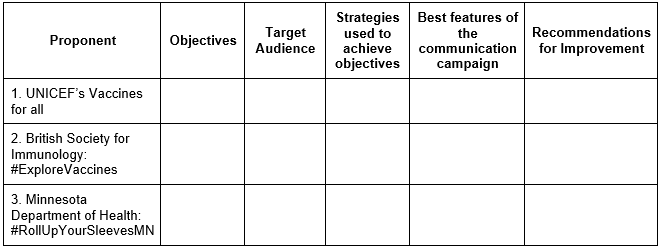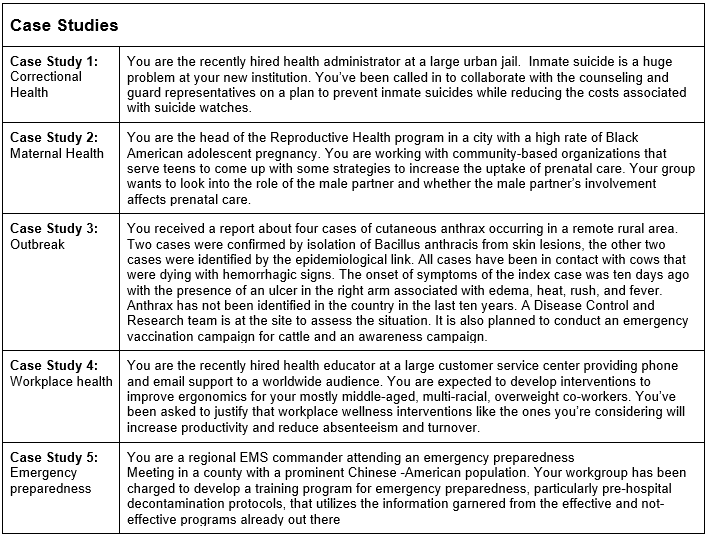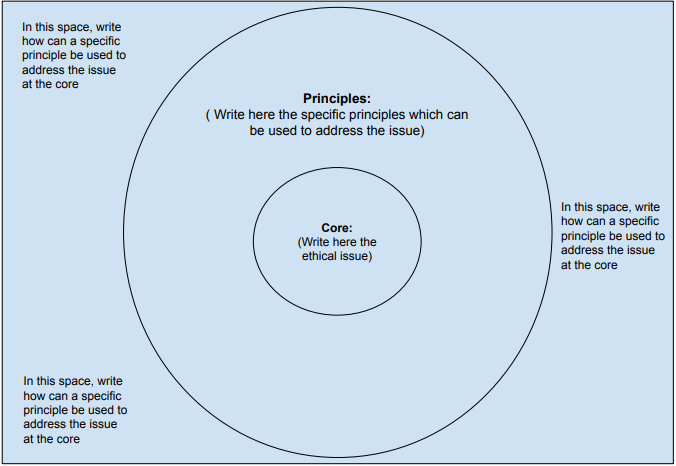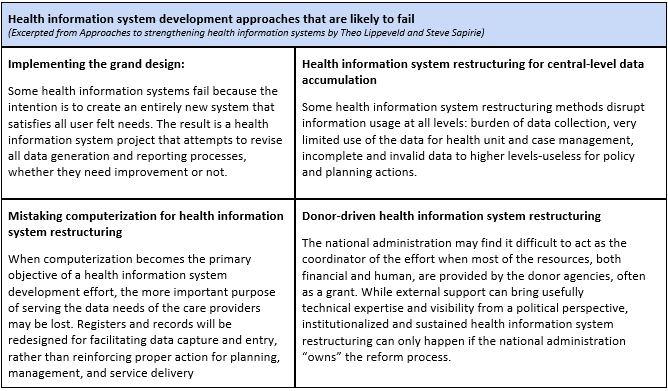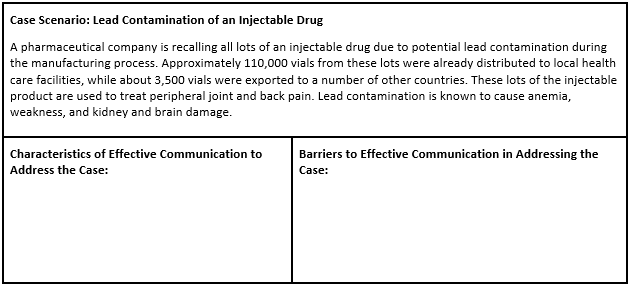-
GeneralGeneral
-
Public Health Communications Homepage
Welcome to Public Health Communications. This course provides an opportunity to develop practical skills and knowledge in public health communications and covers the concepts, ethics, critical and creative thinking associated with a community approach to improving Public Health.
This Public Health Communications course is sponsored by the New York Institute of Technology (NYIT). Like all NextGenU.org courses, is competency-based, using competencies from the ASPPH: MPH Core Competency Model, Core Competencies for Public Health in Canada, and CEPH. It uses learning resources from accredited, world-class organizations such as the Pan American Health Organization, U.S. Centers for Disease Control and Prevention (CDC), the U.S. National Institutes of Health, and the World Health Organization. The course was developed by Lillian Niwagaba, PhD, MBA; Yanoh Jalloh, MPH; Margaret Niles, PhD, MEd, DipID; Hugo Rojas, MD, MSc, DiplEd; Genikka Camille Gabral, B.ED, MSc; Melissa Dassrath, BSc. MSc. Pablo Baldiviezo, MD, DiplEd; and Carolina Bustillos, MD, DiplEd.
For publications on NextGenU.org’s courses’ efficacy, see “A Novel Integration of Online and Flipped Classroom Instructional Models in Public Health Higher Education,” (2014), BMC Medical Education, “Building Public Health Capacity through Online Global Learning,” (2018), Open Praxis, or on NextGenU.org’s publication page. Subscribe to our newsletter to be notified of future updates, new courses, and to be part of our community.
There are 6 modules to complete, which provide an introduction to:
- an introduction to public health communications;
- ethics and public health communications;
- information technologies for public health communications;
- critical and creative thinking for public health communications;
- influencing communities through public health communications;
- effective public health communications.
The completion time for this course is estimated at 114 hours and 41 minutes, 47 hours and 18 minutes of didactics and curated resources, and 67 hours and 23 minutes of work participating in activities and quizzes to assist the student in synthesis of the materials. This course is equivalent to three credit hours.
The course requires completion of all case studies, peer activities, and discussion fora. At the end of each lesson, there is a practice quiz. At the end of the course, after you’ve completed each lesson, quiz, and learning activity, you’ll have access to a final exam, and a chance to evaluate this course. Once you’ve passed that last test, you will be able to download a certificate of completion from NextGenU.org. We keep all of your personal information confidential, never sell any of your information, and only use anonymized data for research purposes, and we are also happy to report your testing information and share your work with anyone (your school, employer, etc.) at your request.
Engaging with this Course:
You may browse this course for free to learn for your personal enrichment; there are no requirements. To register in this course, it is required that learners have obtained a college-level/bachelor's degree.
To obtain a certificate a learner must successfully complete
- All the reading requirements,
- All quizzes and pass with a 70% with unlimited attempts,
- All case studies,
- All peer activities,
- All discussion forum,
- The final exam with a minimum of 70% and a maximum of 3 attempts, and
- The self and course evaluation forms.
To obtain credit
- Complete all requirements listed above for the certificate, and
- Your learning institution or workplace should approve the partner-university-sponsored NextGenU.org course for educational credit, as they would for their learner taking a course anywhere.
NextGenU.org is happy to provide your institution with
- A link to and description of the course training, so they can see all its components, including the cosponsoring universities and other professional organization cosponsors;
- Your grade on the final exam;
- Your work products (e.g. case study activities), and any other required or optional shared materials that you produce and authorize to share with them;
- Your evaluations -- course, and self assessments;
- A copy of your certificate of completion, with the co-sponsoring universities and other organizations listed.
To obtain a degree, NextGenU.org co-sponsors degree programs with institutional partners. To obtain a full degree co-sponsored with NextGenU.org, registrants must be enrolled in a degree program as a student of a NextGenU.org institutional partner. If you think that your institution might be interested in offering a degree with NextGenU.org contact us.
We hope that you will find this a rewarding learning experience, and we count on your assessment and feedback to help us improve this training for future students.
Here are the next steps to take the course and earn a certificate.
- Complete the registration form.
- Take the pre-test.
- Begin the course with Module 1: Introduction to Social and Behavioral Sciences. In each lesson, read the description, complete all required readings and any required activity, and take the corresponding quizzes.
1 File -
Module 1: Introduction to Public Health Communications
 Competency covered in this module:
Competency covered in this module: - Apply theory and strategy-based communication principles across different settings and audiences.
- Select communication strategies for different audiences and sectors.
-
Module 1: Lesson 1: Why Public Health Communications?
Student Learning Outcomes:
Upon completion of this lesson, you will be able to:- Define public health communications and other related concepts.
- Discuss the importance of public health communications for public health workers.
5 URLs, 1 Forum -
Module 1: Lesson 2: Communication Strategies and Principles
Student Learning Outcomes:
Upon completion of this lesson, you will be able to:- Describe the different communication theories and principles.
- Analyze the importance of considering different communication theories and principles in public health communication.
- Assess how using different communication strategies can be more effective for specific audiences in a public health context.
4 URLs, 1 Forum -
Module 2: Ethics and Public Health Communcations
 Competency covered in this module:
Competency covered in this module: - Describe the importance of cultural competence in communicating public health content.
- Apply legal and ethical principles to the use of information technology and resources in public health settings.
-
Module 2: Lesson 1: Cultural Competence
Student Learning Outcomes:
Upon completion of this lesson, you will be able to:- Summarize the definition and core principles of cultural competence.
- Exemplify how cultural competence can improve public health communications.
- Explain the strategies and processes for communicating effectively with culturally diverse audiences.
6 URLs, 1 Forum -
Module 2: Lesson 2: Ethical considerations for Communicators
Student Learning Outcomes:
Upon completion of this lesson, you will be able to:- Provide examples of health informatics-related laws in the U.S.
- Justify how the ethical concerns regarding information technologies are relevant for public health communications.
- Examine the different types of ethical concerns for public health communication.
- Assess how the different ethical frameworks and precepts can be useful to address ethical issues when communicating public health information.
8 URLs, 1 Forum, 1 Quiz -
Module 3: Information Technologies for Public Health Communications
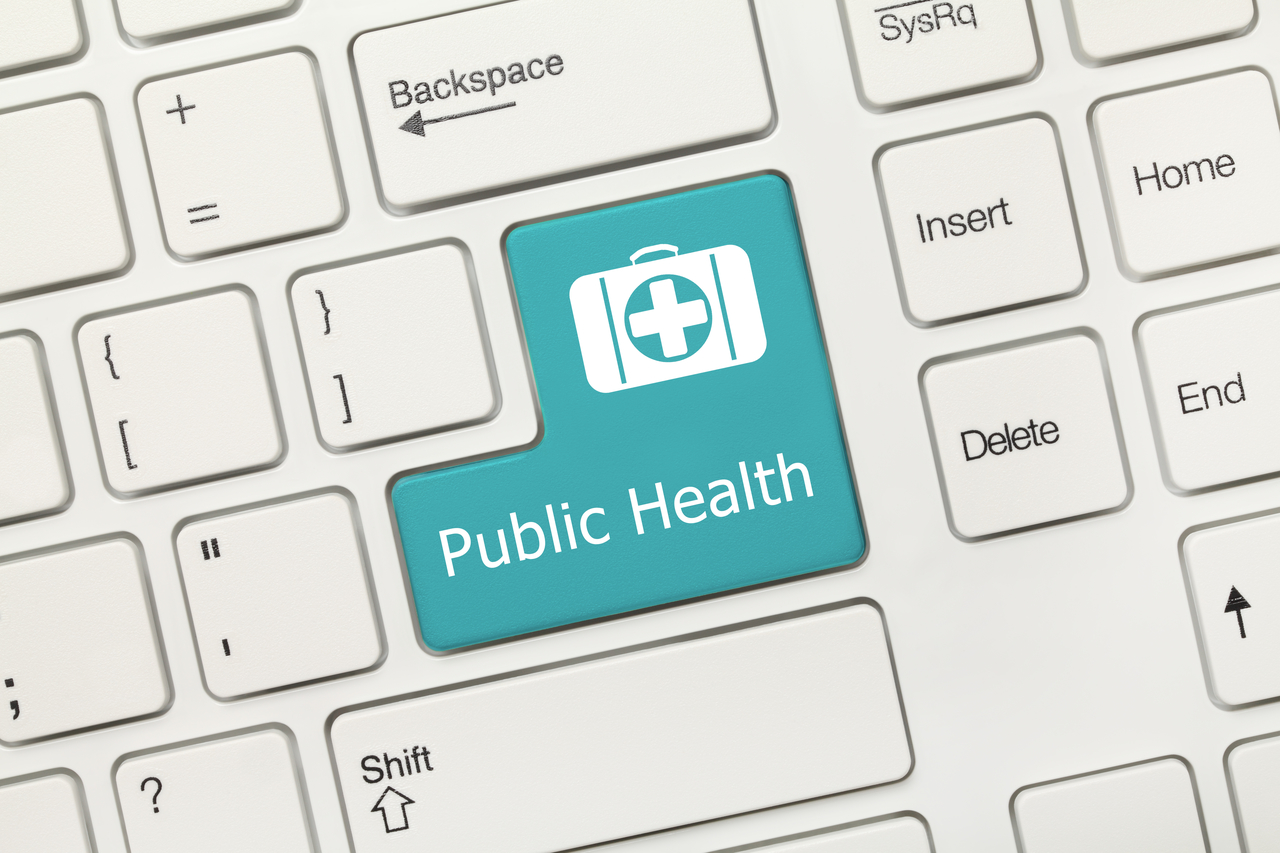
Competency covered in this module:
- Describe how the public health information infrastructure is used to collect, process, maintain, and disseminate data.
- Discuss the influences of social, organizational, and individual factors on the use of information technology by end-users.
-
Module 3: Lesson 1: Public Health Information Systems
Student Learning Outcomes:
Upon completion of this lesson, you will be able to:- Describe the key components of public health information infrastructure for data collection, management, and dissemination.
- Evaluate how the key components of public health information infrastructure can be strengthened for improved public healthcare services.
Click here to start this lesson5 URLs, 1 Forum -
Module 3: Lesson 2: Digital Health Literacy
Student Learning Outcomes:
Upon completion of this lesson, you will be able to:- Describe the common concepts and models of digital health literacy.
- Differentiate the concepts of health literacy and digital health literacy.
- Analyze the impact of social, organizational, and individual factors in the use of information technology by end-users.
- Illustrate how the ICT user experience can be enhanced to cater for different levels of digital health literacy to help address public health challenges and barriers for a stronger public health care delivery.
8 URLs, 1 Forum, 1 Quiz -
Module 4: Critical and Creative Thinking for Public Health Communications
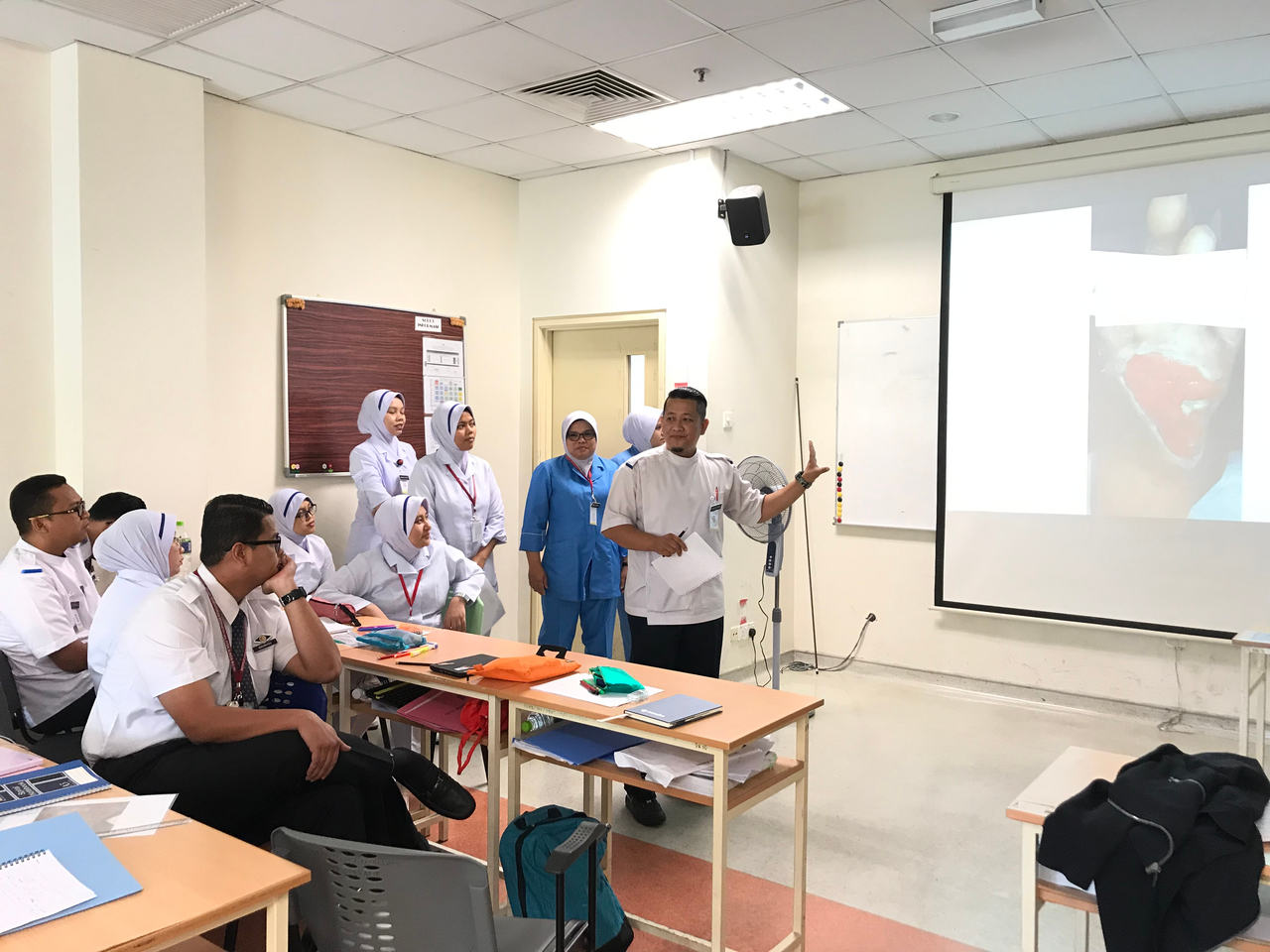 Competency
covered in this module:
Competency
covered in this module: Interpret information for professional, non-professional, and community audiences. - Use current technology to communicate effectively.
- Use informatics methods and resources as strategic tools to promote public health.
- Use informatics and communication methods to advocate for community public health programs and policies.
-
Module 4: Lesson 1: Critical Thinking
Student Learning Outcomes:
Upon completion of this lesson, you will be able to:- Explore the strategies for interpreting information for professional, non-professional and community audiences in public health.
- Use the appropriate strategies to transfer and translate information for improved health outcomes.
Click here to start this lesson4 URLs, 1 Forum -
Module 4: Lesson 2: Creative Communications
Student Learning Outcomes:
Upon completion of this lesson, you will be able to:- Examine the various technology trends and expectations to follow for effective communication.
- Provide examples of the application of current technologies for effective and creative communication.
- Discuss how visual design concepts (print or video) enable effective communication.
- Apply the ICT methods and visual design principles in advocating for public health programs and policies.
9 URLs, 1 Forum, 1 Quiz -
Module 5: Influencing Communities Through Public Health Communications

Competency covered in this module:
Describe how societal, organizational, and individual factors influence and are influenced by public health communications. - Mobilize individuals and communities by using appropriate media, community resources, and social marketing techniques.
-
Module 5: Lesson 1: Society and Public Health Communications
Click here to start this lessonStudent Learning Outcomes:
Upon completion of this lesson, you will be able to:- Explain how public health communications influence the behavior of societal, organizational, and individual entities.
- Examine the influence of societal, organizational, and individual factors on public health communications.
4 URLs, 1 Forum -
Module 5: Lesson 2: Community Mobilization
Student Learning Outcomes:
Upon completion of this lesson, you will be able to:- Recognise the features of community outreach and mobilization and mass media programmes.
- Give examples of social marketing techniques and how they can be applied in a public health context.
- Assess the strategies for mobilizing effective community outreach media programmes.
7 URLs, 1 Forum, 1 Quiz -
Module 6: Effective Public Health Communications
 Competency
covered in this module:
Competency
covered in this module: - Communicate effectively with individuals, families, groups, communities, and colleagues.
- Demonstrate effective written and oral skills for communicating with different audiences in the context of professional public health activities.
- Communicate audience-appropriate public health content, both in writing and through oral presentation.
- Apply theory and strategy-based communication principles across different settings and audiences.
- Select communication strategies for different audiences and sectors.
-
Module 6: Lesson 1: What is Effective Communication?
Student Learning Outcomes:
Upon completion of this lesson, you will be able to:- Understand the definition of effective communication.
- Differentiate the characteristics of effective communication against the barriers to effective communication.
5 URLs, 1 Forum -
Module 6: Lesson 2: Written and Oral Communication Skills
Student Learning Outcomes:
Upon completion of this lesson, you will be able to:- Differentiate written communication from oral communication.
- Practice written and oral communication skills (with attention to grammar, consistent style, clarity, brevity, objectivity, organization, and structure) in delivering professional public health content and activities.
4 URLs, 1 Forum -
Module 6: Lesson 3: Tailoring Public Health Messages for the Audience
Student Learning Outcomes:
Upon completion of this lesson, you will be able to:- Identify the best practices to adapt messages to audiences on communication campaigns.
- Analyze the different characteristics that should be considered when communicating audience-appropriate public content (i.e. literacy, technical expertise, cultural diversity, bias, jargon, etc.).
- Evaluate how existing public health communications campaigns adapted their messages for different audiences.
- Construct written/oral public health content that is audience-specific and appropriate based on both audience evaluation and strategy-based communication principles.
5 URLs, 1 Forum, 1 Quiz -
Course and Self Evaluation & Certificate
 In this section, you can provide feedback about this course to help us make NextGenU.org better. Once evaluations are completed, you will be able to download your certificate of completion.
In this section, you can provide feedback about this course to help us make NextGenU.org better. Once evaluations are completed, you will be able to download your certificate of completion.
Public Health Communications
Register for this course to access the discussion forums

